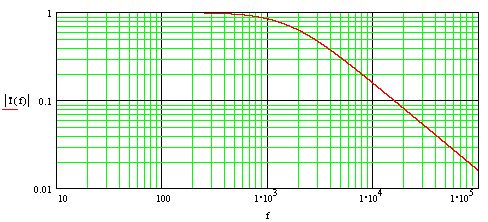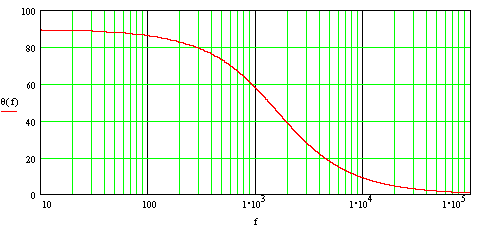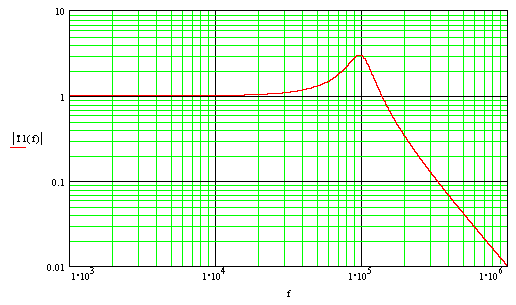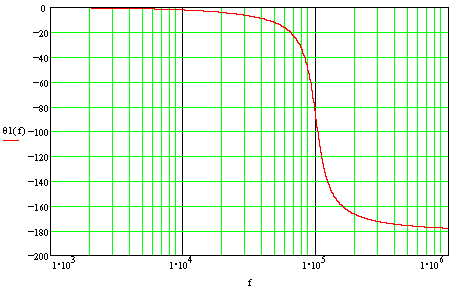
Lab 9: Frequency Response of RC and RLC Networks
The purpose of this lab is to measure the frequency response of the RC and RLC networks you studied in Lab 8, and compare the results to the step responses you found for these networks.
1. Measure the gain (magnitude and phase) from vin to vout of the RC circuit you built in Part 1 of Lab 8. Take extra points in regions where the magnitude or phase change quickly. Compare your results with the calculated values shown in the curves below by plotting your data on top of the calculated data. Before coming to lab, Calculate (using sinusoidal steady state analysis) the analytic expressions for these curves and calculate enough values to verify the validity of these curves for your circuit. Why is this circuit called a low pass filter? Make sure both the input and output are good sine waves.


2. Compare the frequency response to the step response you measured in Lab 8. The cutoff frequency of this low pass filter is defined as the point where vout/vin equals 0.707 (i e. the half power point). This cutoff frequency is related to the reciprocal of the circuit time constant by a constant. Use your data to determine the proportionality constant.
3. Before coming to lab analyze the RLC network you built in Lab 8 using sinusoidal steady state analysis. Compare your analysis with the plots shown below.


4. Build the RLC network. Carefully measure and plot the gain and phase as in Part 2 (from about 0.01 to about 100 times the resonant frequency).
How do you know when you are at the resonant frequency?
Does the resonant frequency agree with the calculated value for your circuit elements?
Does the gain at resonance agree with your calculations?